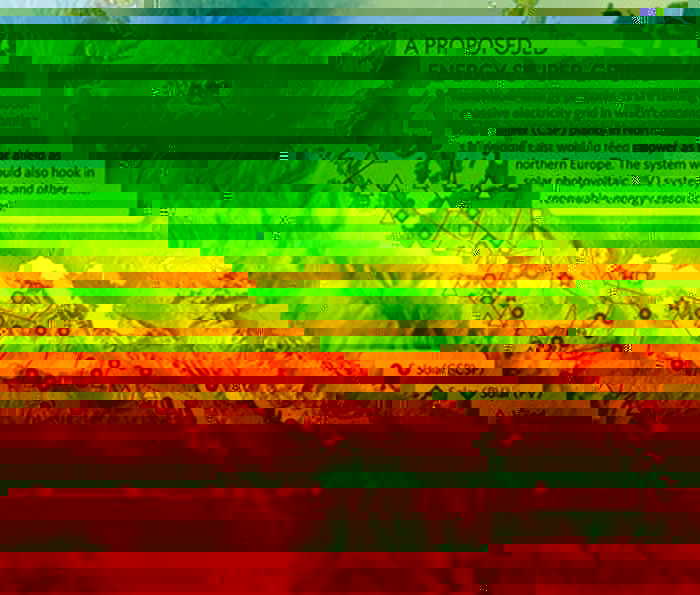
Al Gore: Australia can be path-breaking "early responder" to climate change
Jul 13, 2009 - DESERTEC
Australia can play an influential global role as a path-breaking, innovative 'early responder' to climate change, according to Nobel Prize-winning climate change guru Al Gore.
Comparing Australia to the brave Victorian firefighters who battled the unprecedented 'Black Saturday' bush fires, Gore urged Australia to to develop and demonstrate strategies for dealing with what may be the worst crisis humanity has ever faced.
"Australia really can be an 'early responder' to the emergency of climate change." Gore told a breakfast launch of Safe Climate Australia, a newly-formed research and action coalition of concerned scientists, community and business leaders.
During Monday's breakfast event, emergency personnel who battled the devastating Feb. 7, 2009 bush fires received an enthusiastic ovation for minimising loss of human life and property in an event one said in a video was 'way outside our previous experience.'
Acknowledging that severe bush fires represent just one looming nightmare of climate change, Gore said he hoped this and other danger signals flashing in Earth's environment will help spur broad-based positive change.
"For instance, two of the most potentially disruptive technologies out there in a positive sense are geothermal and solar thermal," Gore said, "Australia has something like six publicly-traded companies involved in geothermal exploration and two universities heavily involved in solar research."
Developing this kind of excellence underscores how Australia can 'punch above its weight' in demonstrating creative, innovation solutions to climate change, Gore said.
Gore's statements came just hours before 12 European companies signed a memorandum of understanding to develop the DESERTEC Industrial Initiative (DII) in Europe.
The initiative commits the 12 to developing business plans and a financing strategy for a US$550 billion rollout of concentrating solar power plants in North Africa to supply Europe with solar electricity transmitted over long distance High Voltage Direct Current Power lines.
By 2050 the Sahara could generate and transmit as much as 700 terawatt hours of electricity a year to Europe, satisfying 15% of the EU's electricity needs.
Acknowledging the potential for concentrating solar power in desert regions like Australia's huge Outback, America's southwest and the Northern Sahara, Gore said large scale exploitation of concentrating solar power still presents challenges.
"It the classic 'chicken and egg' problem, " Gore told DESERTEC-Australia. "No one wants to build the transmission infrastructure until the until the generation capacity is in place; but no one wants to risk building the generation capacity until the transmission is in place."
How to break the deadlock?
"Leadership," Gore said.
The European DESERTEC Industrial Initiative is illustrated in the left-hand graphic below It involves building a string of North African solar plants (the yellow dots) and wind farms (the blue diamonds) on the Atlantic Coast,connected to Europe over HVDC power lines (the red lines).
DESERTEC-Australia's corresponding plan for Australia is illustrated in the right-hand graphic below. It involves, in its early phases, laying power lines from Roma, Queensland to Olympic Dam, South Australia (shown as a dotted line). This would open up southwestern Queensland and northeastern South Australia to large-scale solar and geothermal development, overcoming the 'chicken and egg' problem cited by Gore.
Later, power lines could connect Port Augusta to Perth and Port Augusta to Port Hedland, Western Australia to open up the continent's western deserts to solar and geothermal development (shown as other dotted lines).
DESERTEC Australia's plans are laid out in detail in its roadmap for the country entitled, "Australia 2050: Clean Energy Superpower."
 |
 |
The DESERTEC Industrial Initiative in Europe involves rolling out concentrating solar power plants in North Africa and transmitting the power to Europe. Source: DESERTEC
Click here to enlarge image |
DESERTEC-Australia's plan involves harnessing Australia's abundant solar and geothermal energy in the Outback and transmitting the power to her coastal cities. Source: DESERTEC-Australia
Click here to enlarge image |

|


